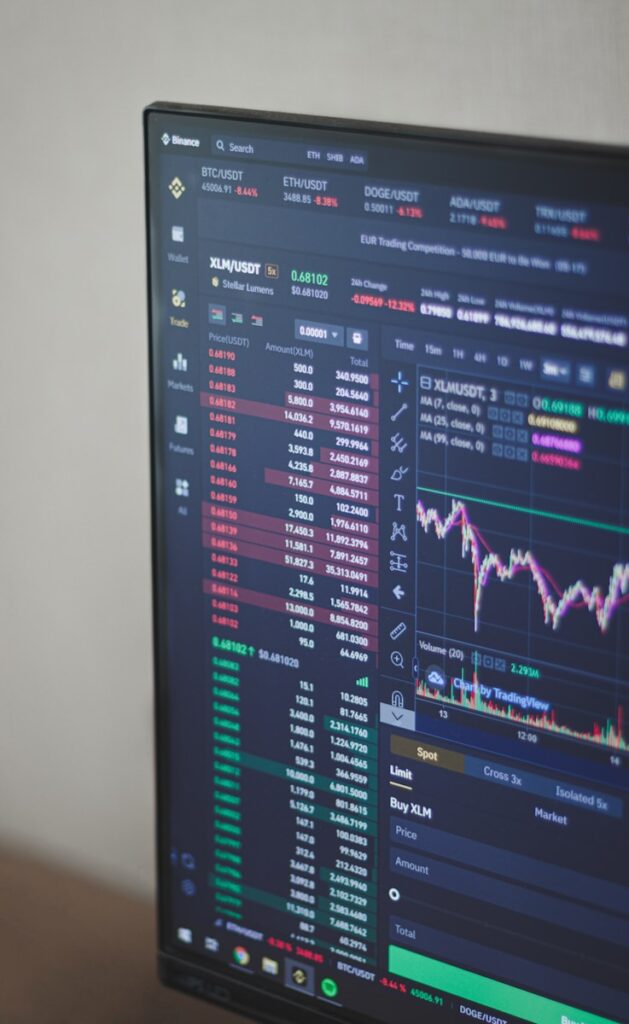
Bitcoin Mining in October 2025: AI Diversification Fuels a $4.4B Industry Amid Post-Halving Challenges
As Bitcoin rockets past $120,000 in October 2025’s “Uptober” rally, the mining industry stands at a pivotal crossroads. With the April 2024 halving slashing block rewards to 3.125 BTC, miners face tighter margins—hashprice lingers at $0.049/TH/s—yet innovation thrives. Leading firms like Marathon Digital (MARA) and Bit Digital are pivoting to artificial intelligence (AI) infrastructure, leveraging mining rigs’ GPU power to capture a slice of the $165 billion AI market. With network hashrate soaring to 1,031 EH/s and 16 NASDAQ-listed miners commanding $4.4 billion in BTC reserves, this shift is reshaping the “Mining & Staking” landscape. In this 1,500-word analysis, we dive into Bitcoin mining’s latest trends, unpack AI diversification, explore staking parallels, and offer insights for miners and investors navigating Q4 2025.
Post-Halving Realities: Mining’s New Normal
The 2024 Bitcoin halving cut rewards from 6.25 to 3.125 BTC per block, squeezing profitability as energy costs rose 10% YoY and hashrate hit a record 1,031 EH/s in September. Marathon Digital, the largest U.S. miner, mined 736 BTC in September (4% MoM growth) and holds 52,850 BTC, valued at $6.4 billion at $120K/BTC. Yet, hashprice—a measure of revenue per terahash—hovers at $0.049, down from $0.07 pre-halving, forcing miners to optimize or diversify.
Despite challenges, mining remains robust. Global rigs rose 20% YoY to over 2 million, with 16 NASDAQ-listed firms (up from 6 in 2021) signaling institutionalization. MARA’s 30.6 EH/s capacity and CleanSpark’s 2,300 BTC production in Q3 reflect scale, but energy-intensive proof-of-work (PoW) faces ESG scrutiny—Bitcoin mining consumes 150 TWh annually, rivaling small nations. Enter AI: Miners are repurposing GPU clusters for AI training, a market projected to grow 38% annually.
Quick Insight
AI diversification could boost miners’ revenue by 20-30%, with firms like Bit Digital generating $50M from AI contracts in Q3 2025 alone.
AI Diversification: Mining’s New Frontier
Bitcoin mining’s pivot to AI is a strategic leap. Companies like Bit Digital and CoreWeave are converting GPU-heavy rigs—originally optimized for SHA-256 hashing—into AI compute clusters for machine learning tasks like LLM training. Bit Digital reported $50 million in Q3 AI revenue, a 200% jump YoY, while CoreWeave’s valuation hit $23 billion after leasing mining infra for AI workloads. This isn’t a sideline—miners’ high-performance computing (HPC) setups are uniquely suited for AI, with 1 EH/s equating to 1,000 GPUs of processing power.
Why AI? Mining margins tightened to 40% post-halving, but AI contracts yield 60-80% margins due to demand from tech giants like Nvidia and Google. Hut 8’s pivot to AI data centers added $20M to its Q2 bottom line, while MARA’s 2 MW AI pilot projects $10M monthly by Q4. On X, miners celebrate: “AI’s our hedge—BTC dips don’t kill us anymore.” This trend aligns with Uptober’s $120K BTC rally, as miners HODL 704,000 BTC ($84B) to fund diversification.
Challenges? Retrofitting costs $1-2M per MW, and AI clients demand 99.9% uptime, straining legacy grids. Yet, 10% of miners’ capacity is now AI-allocated, with projections to hit 25% by 2026.
Bitcoin Mining vs. Ethereum Staking: A 2025 Snapshot
While Bitcoin mining adapts, Ethereum staking offers a greener contrast. Post-Pectra upgrade, Ethereum’s 35.7 million staked ETH ($155B TVL) yields 3-5% APY, with liquid staking (Lido, Rocket Pool) and restaking (EigenLayer) pushing returns to 7% via DeFi. Staking’s 99.95% lower energy footprint aligns with ESG mandates, and Pectra’s 2,048 ETH validator cap cuts node overhead by 50%. Miners, meanwhile, face 150 TWh consumption and $0.05/kWh costs, with only 40% margins.
Hybrids emerge: Bit Digital stakes 21,000 ETH alongside mining, balancing PoW volatility with PoS stability. Staking’s 1.06M validators contrast mining’s centralized pools (Foundry, AntPool control 55% hashrate), but mining’s $4.4B BTC reserves dwarf staking’s liquid flexibility. On X, sentiment splits: “Mining’s for OGs, staking’s for scale.”
💡 Pro Tip
Join a mining pool like Foundry to boost efficiency—solo miners face 30% lower returns post-halving.
How to Start Bitcoin Mining in 2025: A Step-by-Step Guide
Mining BTC is tougher but viable with the right setup. Expected revenue: ~$0.049/TH/s at $120K/BTC. Here’s your October 2025 guide:
- Choose Hardware: Bitmain S21 (200 TH/s, $2,500) or Whatsminer M60 ($3,000). Efficiency: 17 J/TH minimum.
- Join a Pool: Foundry or AntPool (1-2% fees). Solo mining yields 1 block/10 years for small setups.
- Secure Energy: Target $0.04/kWh via renewables or Texas grids. MARA’s 1 MW wind deal cut costs 15%.
- Setup & Monitor: Use CGMiner, connect to pool. Track via Slush Pool dashboards—expect $100/month per S21 at 5c/kWh.
- Explore AI: Lease excess GPU capacity via CoreWeave for $1-2/GPU/hour.
Costs: $3,000 hardware + $500/month energy. Breakeven: ~6 months at $120K/BTC. Tax note: Mining rewards are income—use CoinLedger.
Market Drivers: Uptober and Beyond
October’s $120K BTC rally, up 13% from $114K, fuels mining optimism. Macro catalysts: Fed’s 75% chance of 25bps cut weakens USD, boosting BTC. ETF inflows ($3.2B in September) and $292B stablecoin market cap amplify liquidity. Geopolitics: Sweden’s BTC reserve probe adds scarcity, with 1% price uplift potential.
Micro trends: ASIC efficiency (17 J/TH) and AI contracts offset halving pain. X sentiment: “Miners pivoting to AI are the new tech giants.” Mining difficulty rose 3% in September, but 20% renewable adoption keeps costs in check.
Risks and Q4 Outlook
Risks: Energy spikes (10% YoY), regulatory ESG push, and BTC volatility—$115K support looms. AI pivot risks: $1M/MW retrofitting, client churn. Rewards: $150K BTC projections by December could lift hashprice to $0.06, with AI adding 20% revenue. Q4 outlook: Mining’s $4.4B reserves and AI diversification position it for $5B by 2026, rivaling staking’s $50B TVL trajectory. As Uptober ignites, mining’s hybrid future shines.
